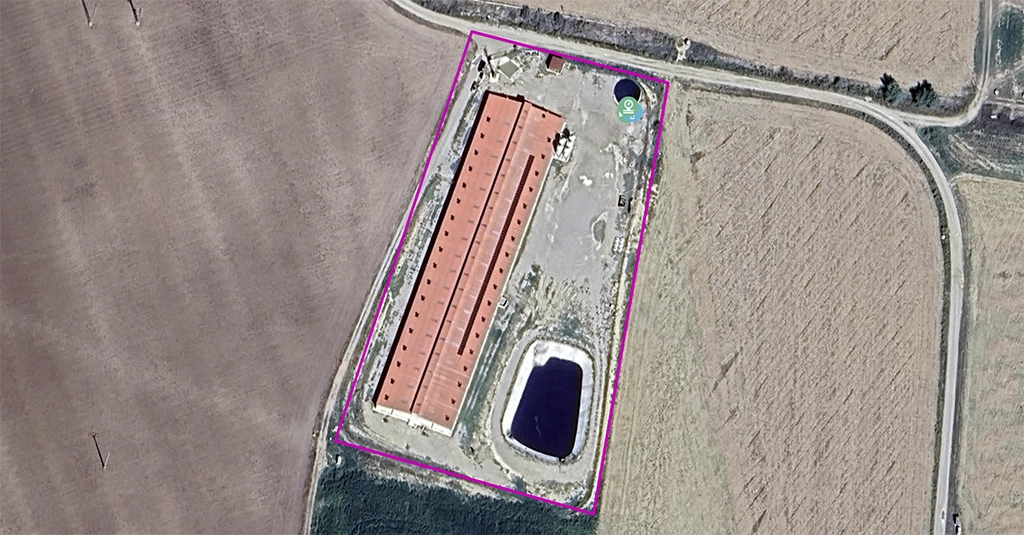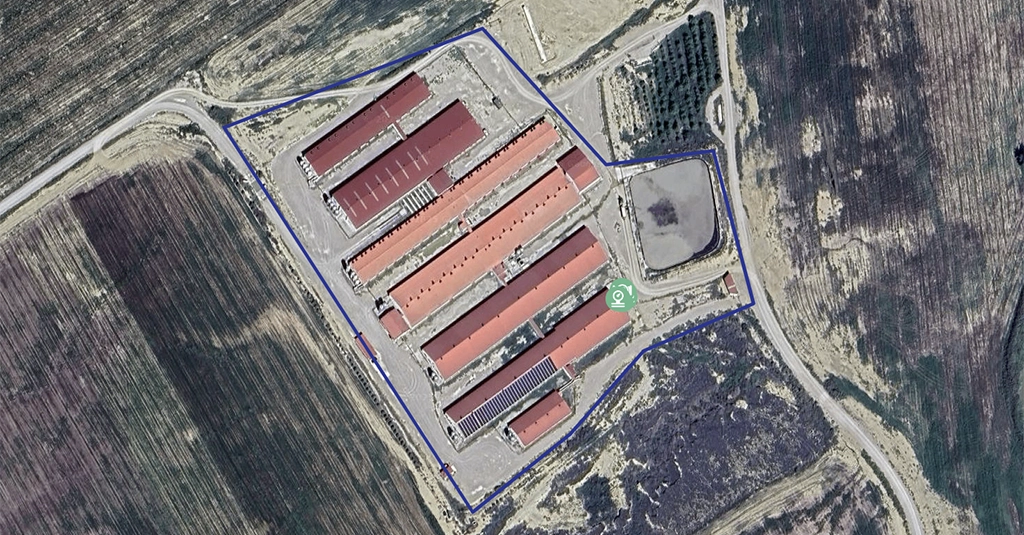The starting point: from water control to achieving the environmental goal
This project is the perfect example of how technological innovation is born from genuine environmental awareness. The initiative emerged from Red Ganadera Caspe’s Environmental Department with the general objective of being more efficient in water management across their livestock farms.
Water is a vital resource in all phases of livestock production, from animal health and welfare to waste management. The challenge was to have specific data on the water cycle on the farms. Without it, it was impossible to generate the key information needed for real and effective control.
The project’s approach was based on the premise of knowing the real versus theoretical consumption on the farms, preventing shortages, detecting unusual consumption, and reducing costs. A clear opportunity for improvement in these areas was identified.
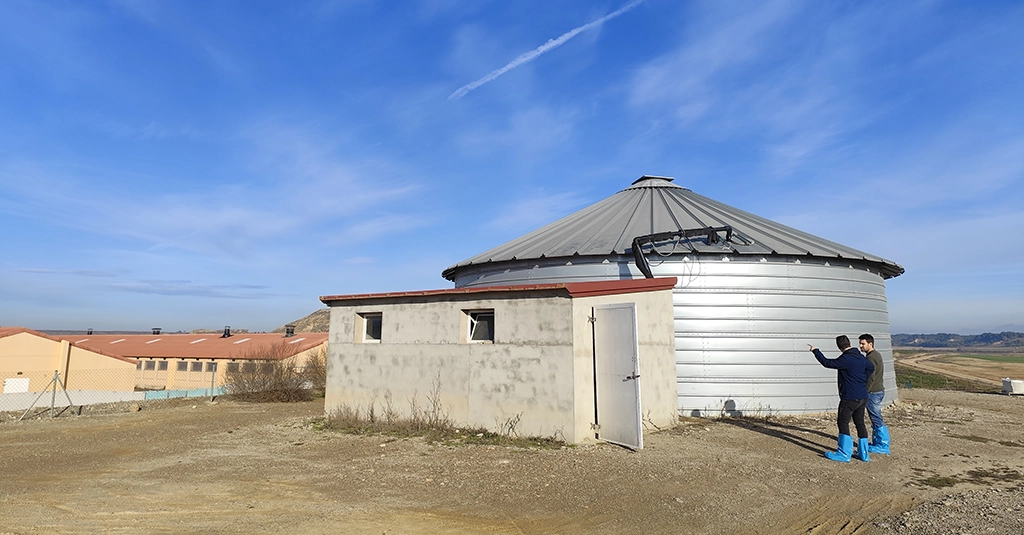
The goal was to achieve maximum water efficiency and control to gain these benefits:
- Obtain the real daily consumption value remotely, avoiding errors or oversights in manual recording and making bureaucratic processes from the office more agile and convenient.
- Differentiate consumption by each key area: animal drinking water, climate control, changing rooms and offices, and facility cleaning.
- Establish patterns that allow defining normal consumption values per area and immediately detect deviations.
- Act quickly to reduce anomalous consumption.
- Direct resource savings.
- Reduced environmental impact by achieving lower slurry production.
- Operational and economic savings by reducing costs associated with consumption and the management of the produced slurry.
- Compare the real consumption value against the amount billed by the Users’ Irrigation District that supplies the water, ensuring transparency.
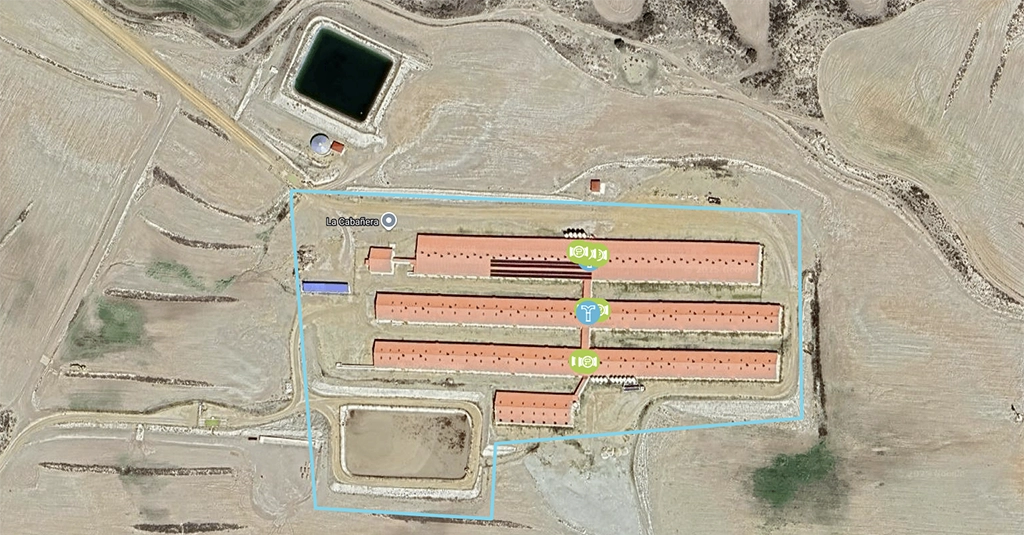
Red Ganadera Caspe: a driver of the local economy with a sustainable vision
Red Ganadera Caspe is more than a group of producers: it is a socioeconomic driver and a benchmark for innovation with deep roots in the Caspe (Zaragoza) territory and its surroundings.
It brings together a significant network of farmers committed to quality, animal welfare, and the environmental impact of their activity, which is reinforced by leading digitalization projects like this one.
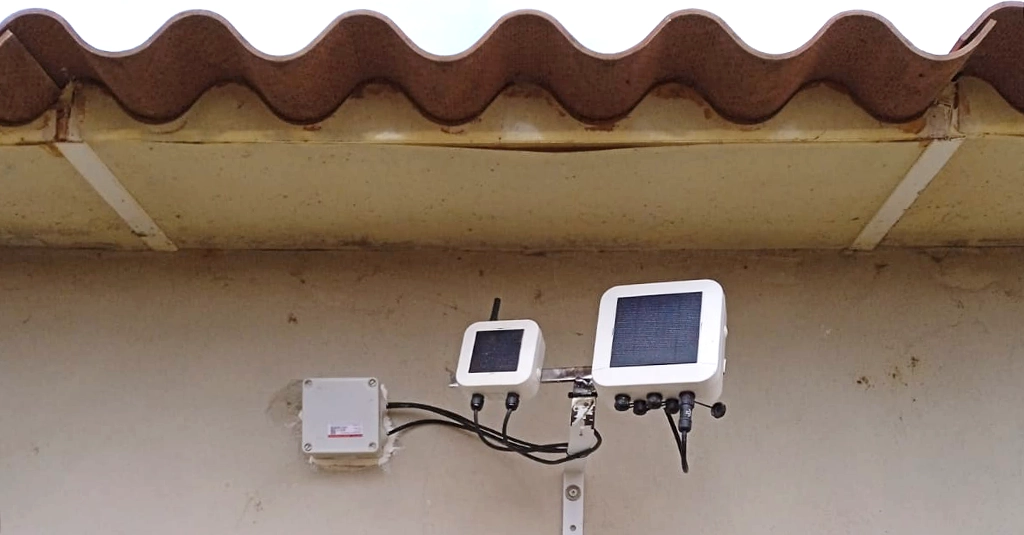
The magnitude of the project
SPHERAG’s digitalization was applied to different types of pig farms, covering a significant total number of livestock places: about 10,500 sow places, 56,000 transition places, and 9,000 fattening places.
To address this scale, Red Ganadera Caspe installed 16 ATLAS devices, 5 pressure sensors, and one level sensor in one of the ponds, with the plan to continue expanding monitoring.
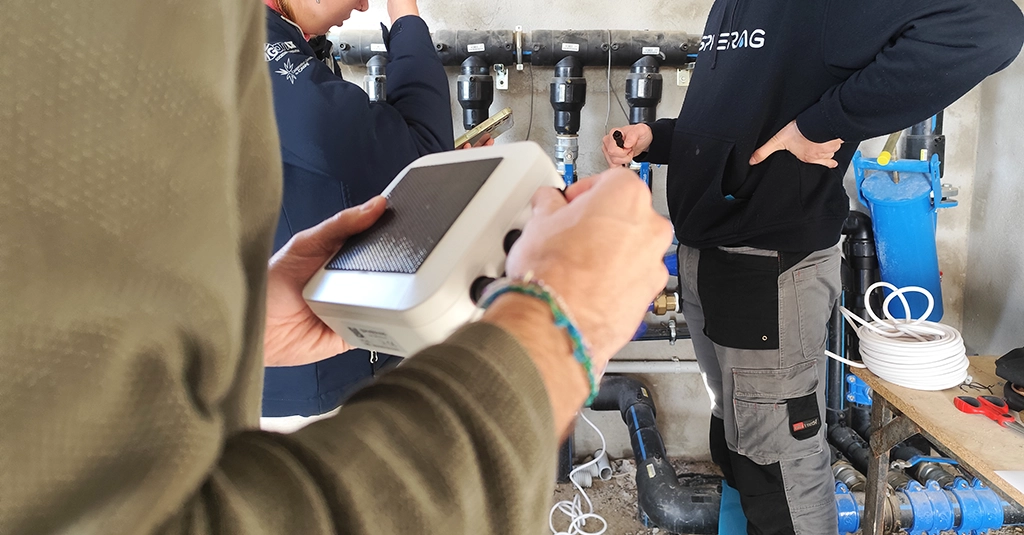
Three keys to the digital leap at Red Ganadera Caspe
The digital leap has resolved three operational and management challenges, significantly improving efficiency throughout the farm’s entire water management:
- Total consumption traceability: The daily reading of consumption from each meter has been automated and centralized on a single platform. Now, the central office obtains real and immediate water consumption data and can easily estimate its water footprint. Furthermore, farm managers can differentiate water consumption destined for each use, which is vital for identifying inefficiencies and acting quickly.
- Supply security and leak detection: To guarantee animal welfare and optimize waste management (slurry), a proactive alert system was implemented:
- Pressure sensors: Installed at key points, they alert if the pressure is low, immediately indicating that water is not reaching the farm. This prevents animals from running out of water and detects breakages.
- Level sensor: The sensor warns when the pond level is low, which could indicate a refilling failure.
- Environmental benefit and improved animal health: Water digitalization translates directly into sustainable livestock farming. The early detection of anomalous consumption and leaks allows for water savings, which drastically reduces the volume of slurry to manage. This generates direct savings in logistical costs and reduces the risk of environmental leaks, reinforcing the project’s sustainability goal.
Additionally, continuous monitoring of drinking water acts as an animal health indicator: anomalous consumption can alert to potential health issues, making it a key tool for health management and welfare.
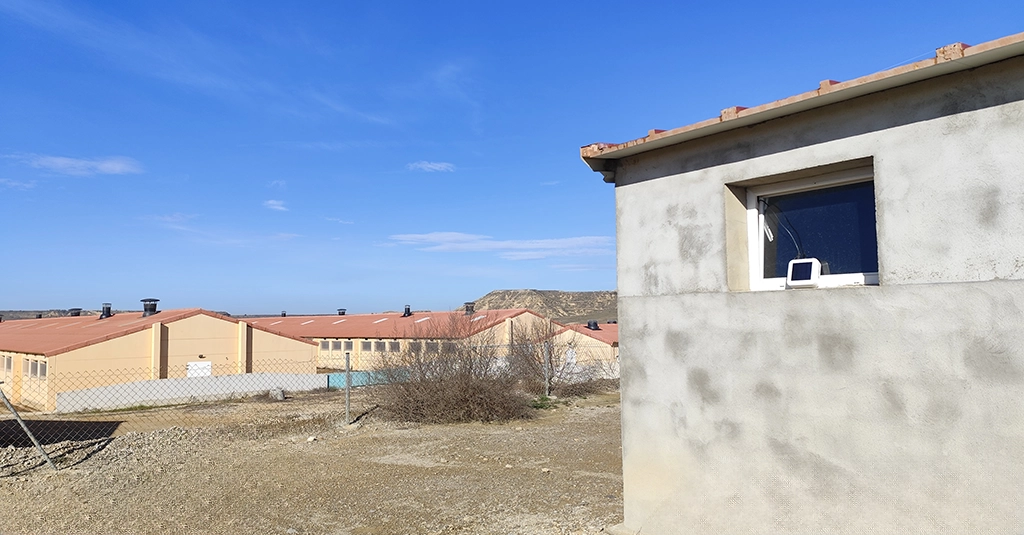
SPHERAG Ecosystem: unified software for water management
The value of the solution is amplified within the SPHERAG Ecosystem. If the cooperative or farmer also has agricultural activity, they can manage the entire business—livestock and crops—from a single platform. Even if the water comes from an Irrigation District digitalized with SPHERAG, they can access real-time information on allocations and consumption, consolidating all comprehensive water management in one place.
